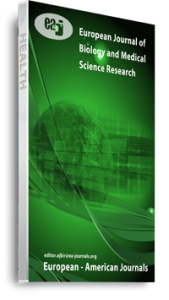The effects of aqueous extract of unripe and ripe paw paw seeds (Carica papaya) were investigated in twenty four (24) alloxan induced diabetes adult rats for 28 days. The results showed that in group 1 rats without diabetes, glucose correlated positively with potassium (r=0.59), but negatively with sodium chloride and calcium; (r – 0.94), (r = -0.84), and (r = -0.65) respectively. The weekly electrolytes levels were not significantly different, (p > 0.05). In group 2, diabetic rats without treatment had raised glucose levels correlated positively with potassium and sodium, (r = 0.32), (r = 0.6) , but negatively with chloride and calcium (r = -0.02), (r = -0.26). Also weekly electrolytes levels were not significantly different, (p>0.05). However, in group 3, diabetic rats treated with glibenclamide, potassium correlated positively with glucose (r = 0.79) but negatively with sodium, chloride and calcium, (r = -.022), (r = -0.1), (r = -0.4). But the weekly electrolyte levels were significantly different, (p<0.05). In group 4 diabetic rats treated with unripe seed extract only glucose levels reduced significantly weekly (p<0.05). The glucose levels correlated positively with potassium, sodium and chloride; (r = 0.84), (r = 0.25), (r = 0.26) but negatively with calcium, (r = -0.77). The weekly electrolytes were not significantly different, (p>0.05) In group 5, diabetic rats treated with unripe seed extract significantly reduced glucose levels weekly, (p<0.05). Potassium, Sodium and chloride correlated positively with glucose (r = 0.3) but negatively with calcium (r = -0.20). But the weekly electrolyte difference was not significant (p>0.05).In group 6 treated with both unripe and ripe seed extract, glucose levels were significantly reduced on day 28 (p<0.05). Potassium, sodium and chloride correlated positively (r = 0.3), but negatively with calcium, (r = -0.8), the weekly electrolyte were significantly different (p<0.05). it is concluded that ripe and unripe paw paw seed extracts are very potent as anti-diabetic therapy but seems to be masked by electrolyte induced raised glucose levels, a complication in the disease.
Keywords: Diabetes, Electrolyte, Glucose levels, Paw Paw seeds

